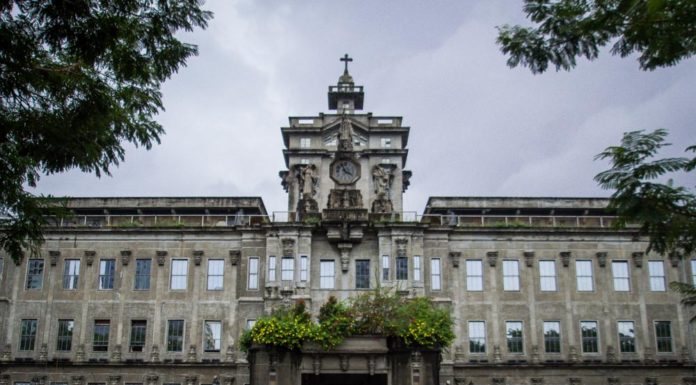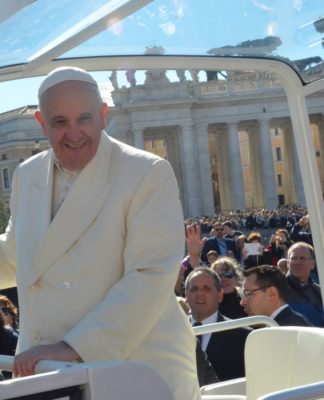THE BISHOPS’ move to protect American clergymen involved in sexual misconduct is not meant to conceal the truth, but to abide by the norms of the sacraments, an expert on Canon Law said.
Fr. Jaime Achacoso, executive secretary of the Episcopal Commission on Canon Law, said the reason for the “secrecy” in the Boston scandal in 2002 lies in the Sacrament of Confession, where the offenses of the penitent must not be disclosed.
“You will remember that after the Boston scandal, the Church was accused of being secretive. But if you look at it in the totality of the legislation regarding such matters, one can understand the reason for such secrecies that has to deal with the Sacrament of Confession,” Achacoso said in a forum held at the Martyr’s Hall of the UST Central Seminary last Jan. 5.
About 40 priests in Boston were charged with sexual abuse in 2002. Some of the cases resulted in a sentence of nine to 15 years of imprisonment, while three were dismissed.
Addressing the forum’s topic, “On Child Abuse and Serious Crimes in the Church,” Achacoso said the sole purpose of the 1922 and the 1962 Instruction Crimen Sollicitationis promulgated by the Vatican was to establish a procedure for the Sacrament of Confession, which requires priests to observe complete confidentiality on the confessions disclosed by the penitent and secrecy in cases where priests are accused of misusing confession to make sexual advances to penitents.
“Over time, these norms were extended to some cases of immoral conduct of priests,” Achacoso said. “One of the trends after Vatican II is the therapeutic model, which states that the bishop was expected to heal rather than [to] punish.”
Achacoso also noted that the Apostolic Constitution Sacramentum Poenitentiae, promulgated by Pope Benedict XIV in 1741, emphasized the inviolability of “seal of Confession,” the dignity of the penitent, and the respect for the accused priest “who could be a victim of false or calumnious accusation.”
He pointed out that the sexual offenses on minors by the clergy are not the gravest offenses in the documents, but those against the sanctity of the most holy sacrament that includes the profane use of the consecrated bread and the practice of Eucharistic Sacrifice by a non-priest.
Achacoso, however, emphasized that Article 6 of Motu Proprio Sacramentorum Sanctitatis Tutela Normae, propagated by Pope John Paul II in 2001, states that “a cleric who is proven to have committed adultery with a minor or acquired, possessed, or distributed pornographic images of minors under the age of 14 for the purpose of sexual gratification will be punished according to the gravity of his crime not excluding dismissal or deposition.”
Meanwhile, Ma. Liza Lopez-Rosario, deputy legal counsel of the Archdiocese of Manila, and one of the panelists in the forum, said clerics usually commit two grievous crimes under civil law: sexual abuse and misuse of funds.
Republic Act 7610 or the Anti-Child Abuse Act of 1992 is the basis for the filing of child sexual abuse cases in the country. If the person is convicted, the suspect may be sentenced with prision mayor or six years and one day to 12 years imprisonment, she said.
If a priest is convicted of a crime, the criminal liabilities could be shouldered by the clergy, but the civil liabilities may be shared with his superior. Gervie Kay S. Estella

















